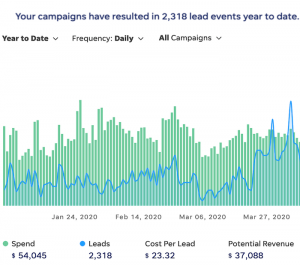In an academic setting, an analyst might only be happy with a 95% confidence interval. Columnist Benny Blum argues the situation in business is drastically different.

Ekaterina_Minaeva / Shutterstock.com
Some tests are easy to analyze. Is Superman stronger than Charlie Brown? Maybe we know the answer going into it and just need to prove we’re right, or maybe the data is heavily skewed in one direction.
But some tests are harder to analyze. Who is stronger — Superman or General Zod?
When the data don’t show a clear overwhelming winner, researchers and analysts leverage statistical significance calculators to determine if their findings are valid. But when we use the words “statistically significant” what do we really mean?
The academic definition of statistical significance focuses on the reliability of a statistic. The most common representation of reliability comes in the form of a metric called a “confidence interval”. A 95% confidence interval means that if we repeated a test, the observed result would hold true 95% of the time.
(593)
Report Post




